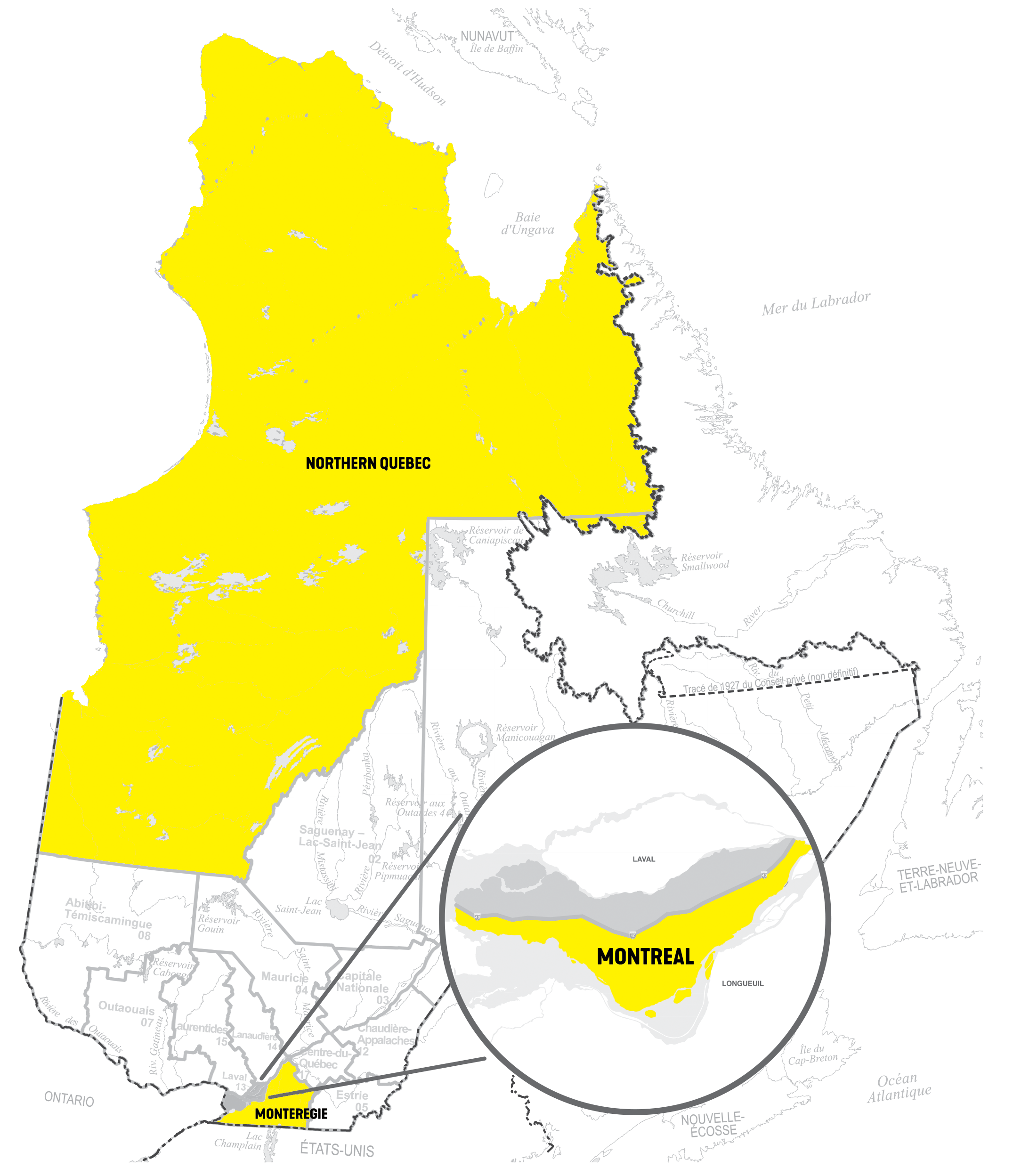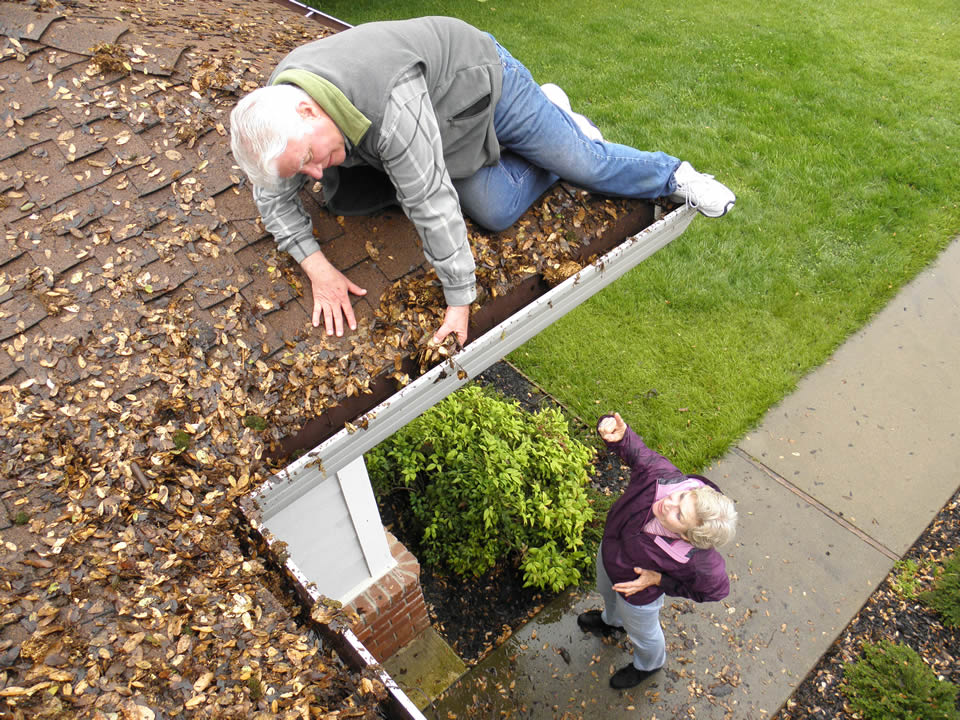
We invite you to watch this episode of the CODE LiFE Interviews on trauma care in Quebec, with trauma surgeon Jeremy Grushka, nurse Melissa Donaldson, and former patient and member of the Connection Circle, Claudia Di Iorio.
Every spring, the team at the Dr. David S. Mulder Trauma Centre at the Montreal General Hospital prepare for the arrival of “trauma season”. This is a time of year when people are more active, so the number of traumatic injuries skyrockets: car crashes, bicycle falls, sports injuries, incidents on construction sites, outdoor maintenance fails, etc.
 The trauma centre’s teams treat even more patients than usual, a colossal task considering that they receive patients from Montréal (the entire area south of Highway 40), the South Shore, the Montérégie and Northern Québec.
The trauma centre’s teams treat even more patients than usual, a colossal task considering that they receive patients from Montréal (the entire area south of Highway 40), the South Shore, the Montérégie and Northern Québec.
If ambulance drivers decide to transport a patient to the Montreal General Hospital, it usually means one of two things: the patient is in close proximity to the MGH or the patient’s physical and mental condition is complex and requires advanced care.
During this peak period, the Emergency Department treats over 6,500 patients for minor and serious injuries, and the Trauma Centre sees approximately 650 patients with serious or potentially life-threatening injuries. In just 16 weeks, that’s 58 patients and 6 urgent cases per day, an impressive load when you consider the staff, resources, knowledge and time required to treat each one.
Fortunately, most of these injuries are preventable. That’s why the trauma team doesn’t like to use the word “accident,” which usually refers to a situation that cannot be avoided.
The first step in preventing this type of situation is to be aware of the risks involved and to avoid them as much as possible. It is possible to have fun while respecting certain safety rules. In most cases, it comes down to knowing your limits and your real abilities, and being well prepared.
A 45-year-old male is riding down the highway. The car in front stops abruptly. The motorcycle crashes into the car, flipping the man over and onto the highway, where he is hit by an oncoming car. He is treated for massive traumatic brain injury, abdominal injuries, liver and spleen lacerations, a pelvic fracture and spine fractures.
To avoid this type of situation, remember to keep a good distance from the vehicle in front of you. This will give you a longer braking distance and an extra split second to make your decision.
Another thing that can’t be said enough is that it’s important not to drive after consuming alcohol or drugs, or even when you’re very tired or upset. Plan ahead for how you will get home after drinking, or a particularly long and difficult evening. Don’t hesitate to call a cab or a trusted person to pick you up. Your car can certainly wait for you until the next day.
 Case 2- Fall off of a scaffolding
Case 2- Fall off of a scaffoldingA 29-year-old male working on a construction site removes his safety belt for a minute to pick up a dropped tool and falls three stories. On arrival at the trauma bay, he is diagnosed with spine fractures, chest injuries and leg fractures.
On construction sites, rules exist for a reason. This incident could have easily been avoided if the man had followed the rules in place to retrieve the tool, even if it takes a little longer.
A 23-year-old female jumps off a high cliff into the water, not seeing the shallow rocks beneath. She lands partially on the rocks, which causes rectal injuries, a pelvic fracture and spine fractures.
This experience demonstrates the importance of calculating the risks before undertaking an activity, even if other people do it too. It’s not a matter of never jumping in the water, but rather of carefully assessing the depth, obstacles and other potential factors such as waves and our athletic ability.
 Case 4- Gutter cleaning near wires
Case 4- Gutter cleaning near wiresA 55-year-old male cleaning gutters near live wires is electrocuted and then falls off his ladder, which causes traumatic brain injury and clavicle and rib fractures.
Sometimes it is safer to contract out certain home maintenance tasks. Professionals have the proper tools (e.g. carbon fiber ladders), knowledge and safety protocols. When this is not possible, the first thing to do is assess the risks and adapt your approach accordingly, in this case, by getting the necessary tools and avoiding contact with electrical wires.
The four hypothetical cases presented above demonstrate the importance of prevention. In many cases, this type of incident can be avoided by simply being more careful. By being informed and using good judgment, you are taking charge of your own safety and reducing the risk of ending up in the emergency room, trauma unit or intensive care unit.
Sometimes patients come to the trauma centre with severe bleeding. The famous “pressure, elevation, rest” technique is not effective enough. Fortunately, some members of the MGH trauma team have been trained to use a special technique and device called REBOA.
The acronym stands for “Resuscitative Endovascular Balloon Occlusion of the Aorta,” and the approach is particularly effective in treating patients whose chest, abdominal or pelvic injuries cause severe, life-threatening bleeding.
The catheter used in the REBOA method is unique in that it can be slipped into damaged arteries and then inflated like a small balloon to stop blood flow. The procedure, initially used in war zones, is delicate and still not widely used in Canadian hospitals, partly because of its high cost. But thanks to the support of the MGH Foundation, the team at the Dr. David S. Mulder Trauma Centre has access to it when needed.
Of course, none of this would be possible without the excellent trauma team of the MGH. After all, in trauma, no life is saved by one person: it is a joint effort between doctors, paramedics, nurses, attendants, respiratory therapists, technicians and many others.
Welcome!
We are really glad that you want to stay in touch with us, and we hope you will enjoy our emails.
Our donors are caring and compassionate people like you, who know that they can make a real difference for the patients and the medical teams. Would you join them by making a gift now?
Learn more on the impact of your gifts and on what can be achieved thanks to our donors' generosity. Subscribe to the CODE LiFE newsletter.